Ellen T. Crenshaw is the creator of the New York Times bestselling Baby-sitters Club graphic novel adaptation of Stacey’s Mistake by Ann M. Martin. She is the co-creator, with Colleen AF Venable, of Kiss Number 8, which was nominated for an Eisner Award and longlisted for a National Book Award. She is also the creator of What Was the Turning Point of the Civil War?, a Who HQ graphic novel. When she’s not making comics, Ellen loves playing video games, hiking with her dog, and deconstructing movie plots with her husband.
I had the opportunity to interview Ellen, which you can read below.
First of all, welcome to Geeks OUT! Could you tell us a little about yourself?
Thank you for having me! I’m Ellen T. Crenshaw, a cartoonist and illustrator. I worked for years as an editorial illustrator and a studio freelancer for children’s media development, but now I almost exclusively make comics and graphic novels. Journey is the best video game I’ve ever played. My favorite movie is Who Framed Roger Rabbit?. This past spring I drove 3,000 miles with my husband, cat, and dog from California to Massachusetts, where we now live!
What can you tell us about your latest project, The Baby-sitters Club: Stacey’s Mistake: A Graphic Novel and how did you get involved in illustrating for The Baby-sitters Club series?
Stacey’s Mistake is the 14th book in the Baby-sitters Club graphic novel series. Kristy, Claudia, Mary Anne, Dawn, Jessi, and Mallory all visit Stacey in New York City for a big baby-sitting job, but the girls clash with Stacey’s New York friends and her city life. There’s lots of big emotions, and loving depictions of NYC sights.
I got involved with the BSC graphic novels when my agent came to me with interest from the series editor, Cassandra Pelham Fulton. I was a Baby-sitters Club reader when I was a kid, so I couldn’t have been more excited!
Did you have any previous connections to The Baby-sitters Club series before working on this project?
I read my older sister’s hand-me-down copies of the original series when I was little. The two of us watched the ‘90s tv show on PBS, and to this day we can both sing the theme song. My niece also read the graphic novels when she was in middle school. It means a lot to me that my family and I have such ties to the series and my work on it now is something I can share with them. (I’ve actually consulted my sister a handful of times for advice and input on my adaptations!)
As an author, what drew you to the art of storytelling, particularly comics?
My mom instilled in me a love of grammar, and she was basically my first writing teacher. When my dad got home from work he would read with me, and my favorites were always a book of Hans Christian Anderson tales and the daily newspaper comics. I’ve always loved cartoons, too—so much that baby-me wished Toon Town was a real place—and I was constantly drawing my favorite characters. I was in elementary school when I started making my first comic books with friends, drawn on computer paper and stapled into booklets. Comics are just so accessible as a storytelling medium, it was only natural as someone who loved both writing and drawing to keep doing it.
As a comic creator, you are known for another queer fan-favorite, Kiss Number 8. Could you tell us what it was like working on that project?
Thank you! Kiss Number 8 was what made me decide to try out for my first graphic novel. Before then I was making short comics for myself and small-press anthologies. Reading Colleen’s script was transformative; I felt so strongly for those characters and the story, I wanted with my whole body to be the one to draw it. The balance of humor and drama was right up my alley, and thankfully First Second thought so too! The process was exceptionally hard for me, though, because making short comics is a sprint while a graphic novel is a marathon. The hours were grueling. (They still are!) Colleen was a real champion for me throughout; she gave me so much encouragement. When it was done, she gifted me a crocheted trophy! I’m so lucky to have collaborated with her, and our book is one of my proudest efforts.
How would you describe your creative process in general?
It seems to change with every project, but one thing is consistent: I avoid my desk for as long as possible. I go for walks, I take the dog to the beach, I play games, I read, I come up with ideas in the shower. I’m on the couch with my sketchbook, laptop, or iPad—sometimes all three—while I write a script and begin sketches. The rest of my process is usually some combination of traditional and digital tools, my favorite being ink on paper.
What are some of your favorite elements of making comics? What do you consider some of the most frustrating and/or challenging?
As I said, ink on paper is my favorite. By that point, all the meticulous planning is over and it’s just me and my brush, guiding those lines, making textures, delighting in happy accidents. I can lose myself in the story and characters.
Pencils are challenging for me. They can be really tedious. It’s when I’m drawing endless perspective lines, poring over reference. There’s still an element of fun—especially when I’m taking photos of myself for posing—but it’s the most eye-melting, back-breaking part of my process.
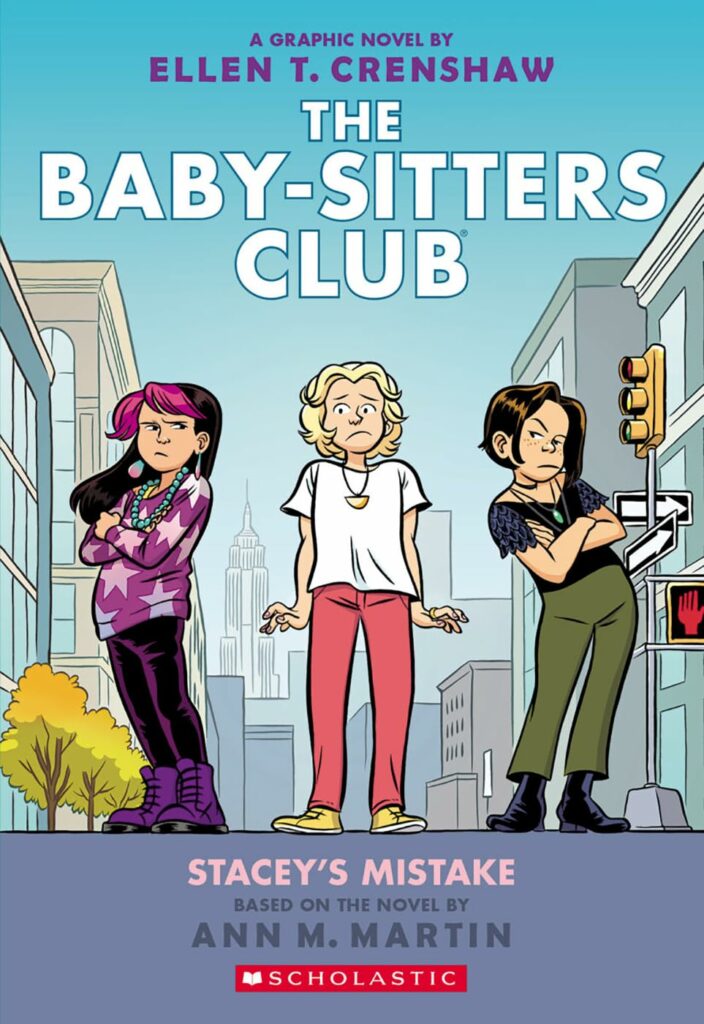
As a creative, who or what would you say are some of your greatest creative influences and/or sources of inspiration in general?
A single influential moment that changed my entire creative life was when my college professor, the late great Robert Jay Kaufman, told me that I should convey more emotion in my characters’ hands. I took that to heart and I’ve since built a whole reputation of drawing expressive hands!
In general, I’m inspired by projects in which I get to research and learn new things. I’ll always prefer narrative fiction, but I appreciate any chance I get to do a historical piece that requires a trip to the library archives.
Growing up, were there any stories in which you felt touched by/ or reflected in? Are there any like that now?
I mostly read my sister’s hand-me-down books growing up, my favorite among them being Anne of Green Gables. The first book of my own I remember loving was Totally Disgusting! by Bill Wallace, in which an uptight, scared little kitten learns to loosen up and be brave. I was a nervous kid and I wanted to be adventurous like Anne Shirley, but I think I felt more like Mewkiss the kitten.
Nowadays I’m really into historical fiction, adventure, and stories that explore the spectrum/question the boundaries of womanhood. I really enjoyed the Winternight trilogy by Katherine Arden and Circe by Madeline Miller. I’ll read and reread This One Summer by Jillian and Mariko Tamaki from now until the end of time.
I’m also dabbling in horror, and Mike Flanagan’s Midnight Mass tv series especially moved me as a formerly religious person. I talk about it constantly.
Many creators would say one of the most challenging parts of writing a book is finishing one. What strategies would you say helps you accomplish this?
Deadlines help a ton, haha! Honestly, a looming due date is mostly what keeps me moving forward. Finished is better than perfect.
Aside from your work, what are some things you would want others to know about you?
I laugh exceptionally loudly and if you’re one of my neighbors I sincerely apologize.
What’s a question you haven’t been asked yet but that you wish you were asked (as well as the answer to that question)?
Q: What’s your favorite cookie, and would you like one?
A: White chocolate macadamia nut, and yes, please and thank you.
What advice might you have to give for other aspiring creatives?
Find your people and hold ‘em tight. Community is everything. The support you’ll give and receive, how you’ll influence each other; it’ll make you a better person and artist.
Are there any other projects you are working on and at liberty to speak about?
I’m in the middle of two more Baby-Sitters Club graphic novel adaptations: Kristy and the Walking Disaster and Jessi Ramsey, Pet-Sitter.
Finally, what books /authors (LGBTQ+ or otherwise) would you recommend to the readers of Geeks OUT?
In Other Lands by Sarah Rees Brennan is wonderfully romantic and adventurous and turns the whole idea of a “chosen one” on its head.
I grabbed this series for work reference and I instantly fell in love with it: Cross Game by Mitsuru Adachi. It’s baseball manga, completely out of my wheelhouse, and I love it.
Header Photo Credit Matt Boehm

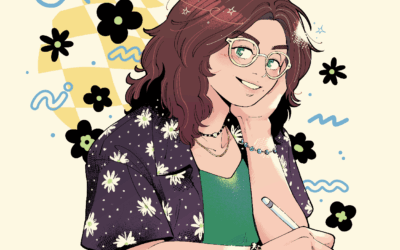
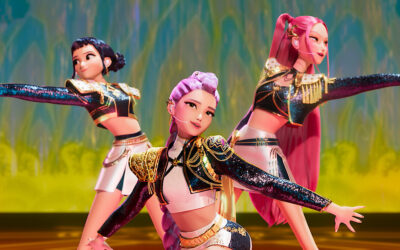
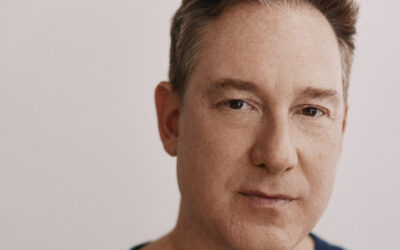
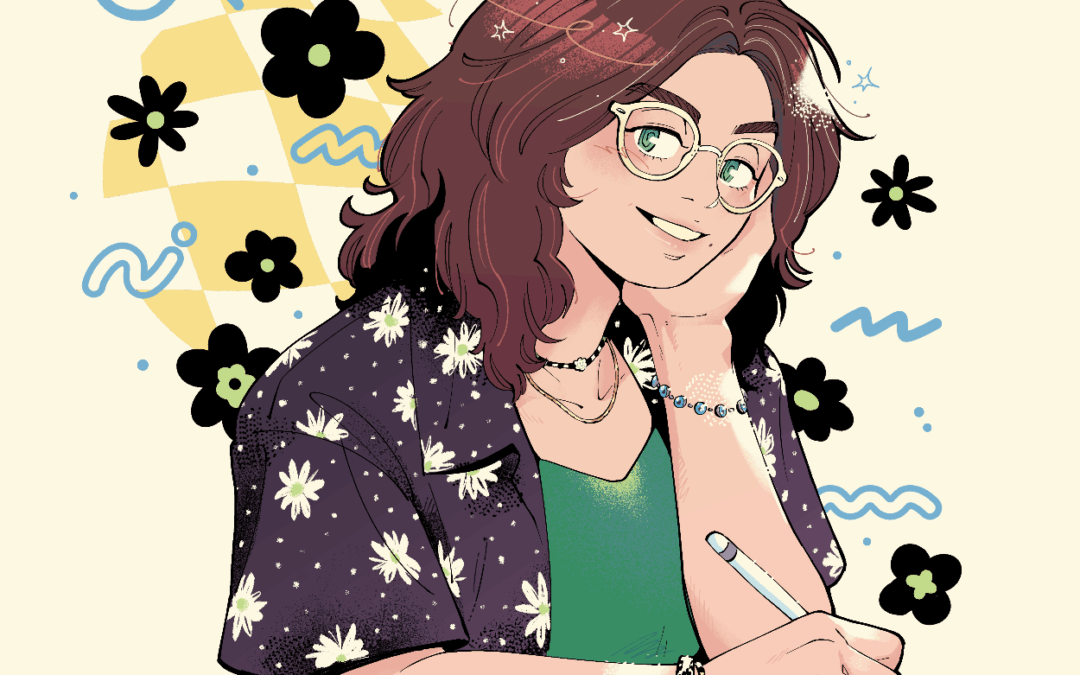
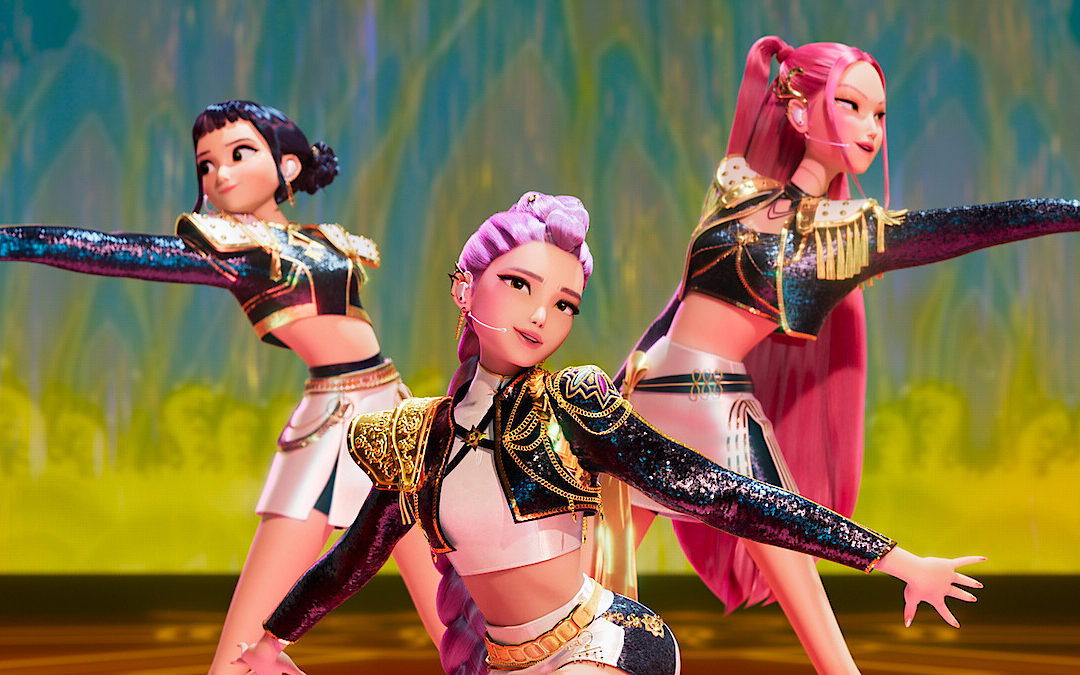
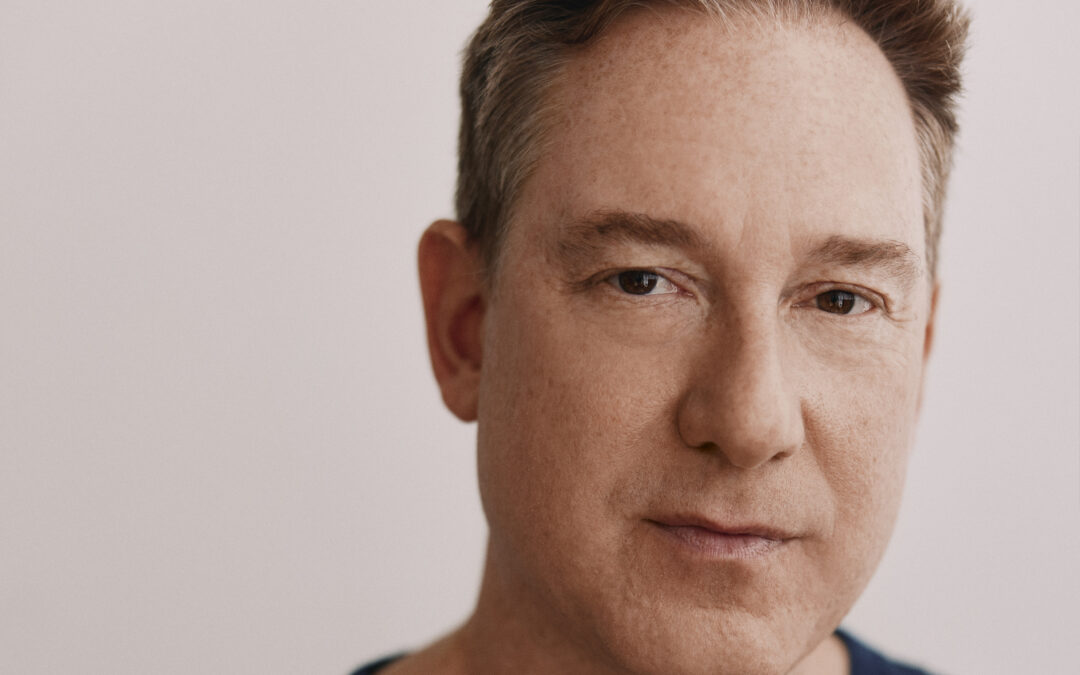
0 Comments